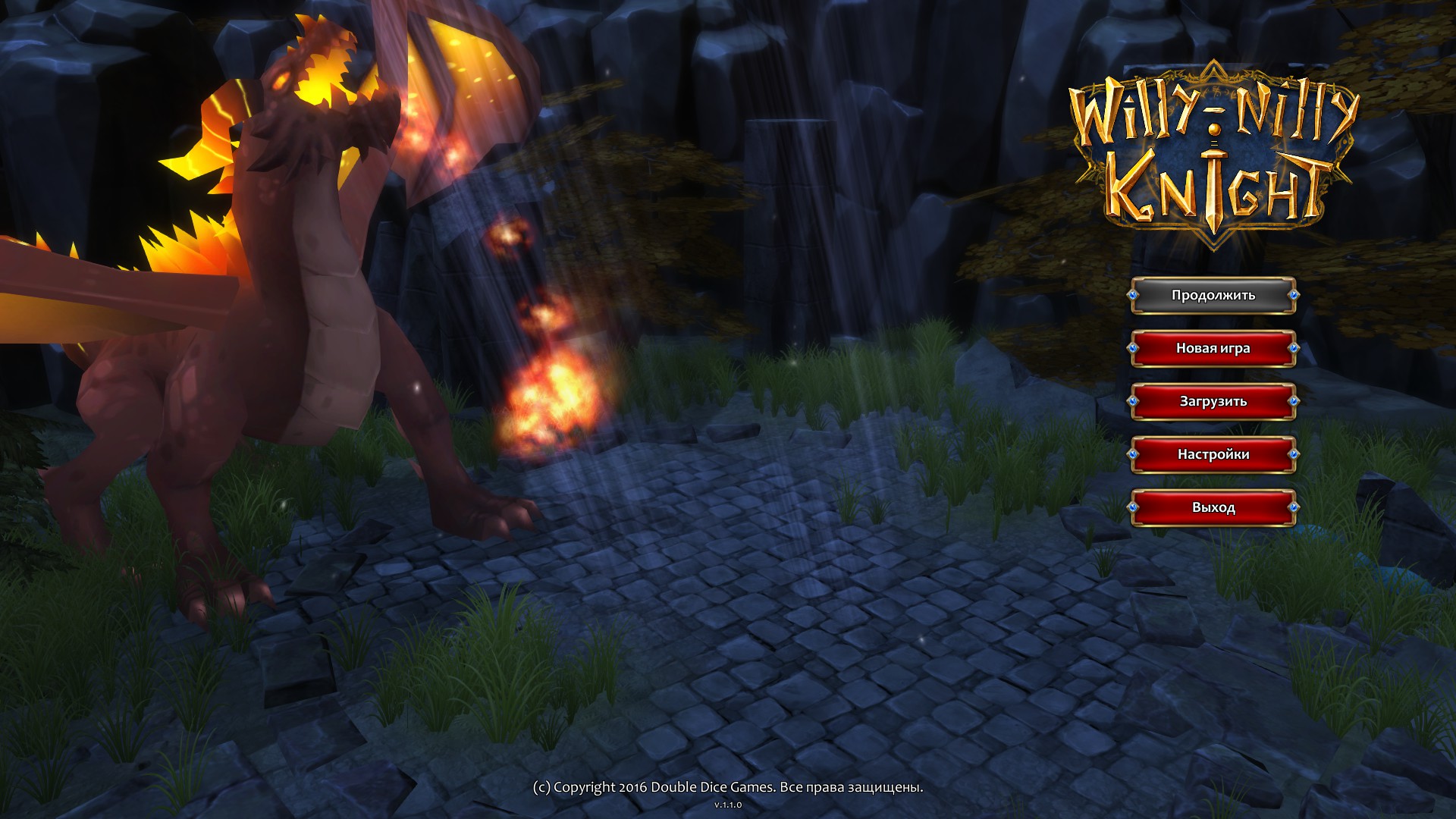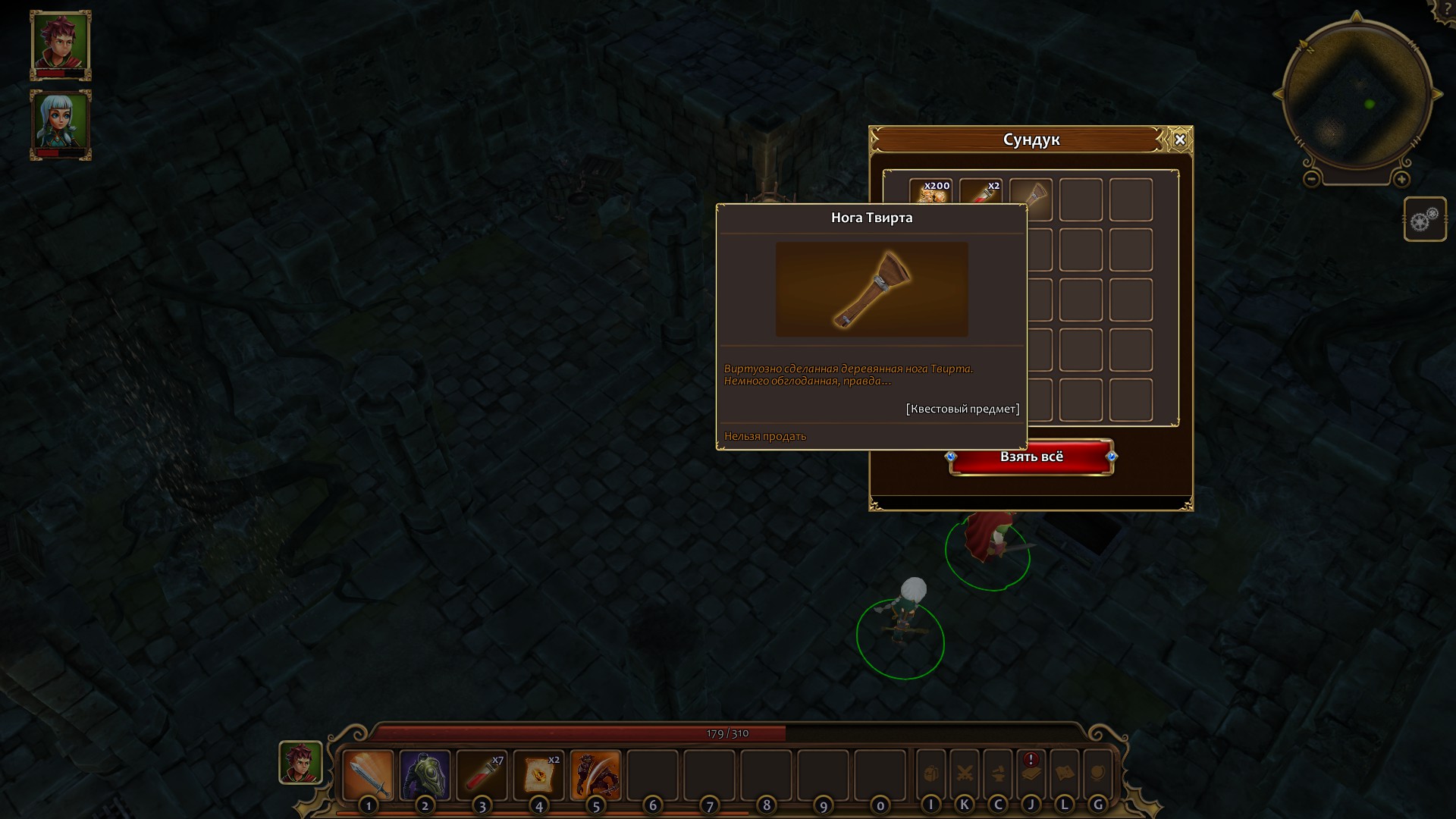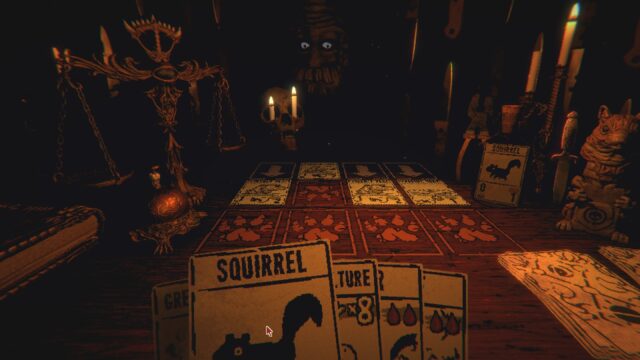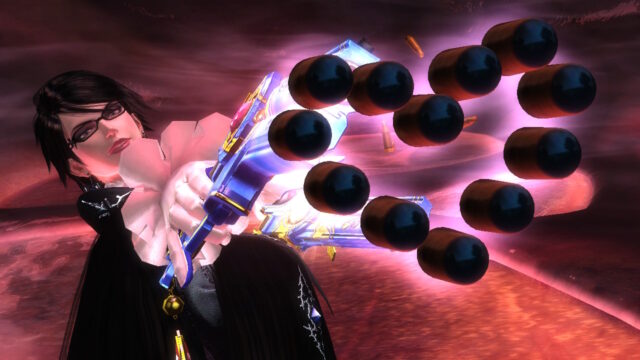Steam Library: Willy-Nilly Knight

The first ten minutes of playing Willy-Nilly Knight are disheartening.
Imagine yourself among the audience at a children’s morning performance. Only instead of rhymes about the radiant sun, beloved mom and dad, and how interesting it is to learn about everything in the world, obedient children diligently perform “Romeo and Juliet”. And the director tried to reproduce this without any flaws. Only, of course, with decorations, a moon on a bracket, and a delicate acting in a kindergarten.
The problem is not that Shakespeare, who is probably turning in his grave at that moment, could probably power all of Great Britain with electricity. The problem is that you, personally, instantly recognize the master, and no sincere efforts of the troupe and no witty yellow balloons on strings mean anything anymore. Your mind has already moved to a parallel universe, where Cthulhu sits in the deep caves of the hollow Earth, and on the surface, insane people commit terrible atrocities with their culture.
And all you did was come to a strange children’s morning performance.
Well, in short, in the first ten minutes of WNK, I instantly recognized Divinity: Original Sin, only with worse graphics, cut dialogues, poor combat, and children in the lead roles. It would have been better if I hadn’t recognized it. But just take a look for yourself, how can you not recognize one of your favorite games:
It would have been fine if the interface was just similar – it’s still a classic layout. And it would have been fine if at the start, two heroes were walking along a path somewhere in a coastal nature. That’s also understandable, we gamers love such debuts. It’s also good when role-playing games have found the golden standard of starting locations and send three monsters at you at once so that you can get used to the local basic mechanics. But in your case, WNK, it’s all note for note, right down to the washed-up crates with supplies on the shore.
When another dissatisfied critic grumbles that game developers should strive to be on par with market leaders, he doesn’t mean a literal retelling.
***
After some time, the role-playing mirror starts its second round, and déjà vu begins to appear in exactly the opposite light. But what if our lagging poor relative is not a relative at all, and the creators of Original Sin have never seen him, and this similarity between the two games is just a coincidence?
After all, D:OS itself fully uses clichés not invented by it. And the developers of Willy-Nilly Knight just wanted to create an intimate fantasy adventure with concise tactical battles and fail-safe references to pop culture.
And in general, the budgets and scales of the projects are obviously different, so stop comparing representatives of two weight categories. Who knows what catches someone’s eye.
Oh, this wicked irony. WNK doesn’t hesitate to constantly send greetings to works of popular culture, but in order for the RPG not to be knocked out in the first round, it needs to be isolated from that same pop culture.

We exhale. We see a tactical role-playing game for the first time in our lives. Everything is fine.
The hero wakes up in a world of swords, magic, and poorly optimized shadows from trees. The first two steps – and Excalibur ends up in the protagonist’s hands, two more steps, and the hero calls for help a young and beautiful sorceress who is being attacked by goblins. Life is almost complete, just a little left: to take the lady to the nearest city, learn about the troubles of the locals there, meet a battle dwarf, go on a journey, kill a dragon, get married, and receive half a kingdom, legendary armor, and an achievement for completing the game as a dowry.
WNK is not at all ashamed of its budget or its compactness. The characters do not waste time on convincing speeches, the locations do not try to disguise familiar isometric corridors with piles of decorative junk, and the Easter eggs, instead of being hidden in corners, are laid out in a row along the plot highway.
Everything is a mishmash. Any decent munchkin knows that the joy of tactical entertainment lies in combat. Turn-based brawls, however, have also been greatly simplified. At the same time, unlike the plot-world-everything-else, where the sincere, perhaps, desire of the designers to rid the game of any “extra weight” backfired and more resembles a banal combination of laziness and carelessness, the battles have been compressed into concise puzzles.
They even left us with the clever formulas of spells and abilities that hardcore gamers love. Well, where “Berserker Strike” deals x1.25 damage from the character’s total strength and leaves an effect for 3 turns, ticking for x0.5 more from the total strength, but with the condition that the enemy has previously been afflicted with the negative status “Burning”. They didn’t stuff precise descriptions of abilities into an unreadable encyclopedia, they didn’t hide equations from the gamers’ eyes, they professionally displayed the exact text right on the button with the specific spell.

Here I would completely abstract myself from the outside world and dedicate myself entirely to cleaning up local forests, caves, and mountains from impurities, but almost every five minutes a question would pop up in my head: why am I playing an enhanced version of role-playing projects that I could reinstall right now, create an unusual party for myself, and replay with much more pleasure than Willy-Nilly Knight provides.
News of the hour: the best is the enemy of the good. Especially if this pair is on the same shelf in the store. Especially if the good barely reaches the level of good. Especially if the good doesn’t even try to distinguish itself from the best, except for the price tag.
Share
Discuss
More Reviews





